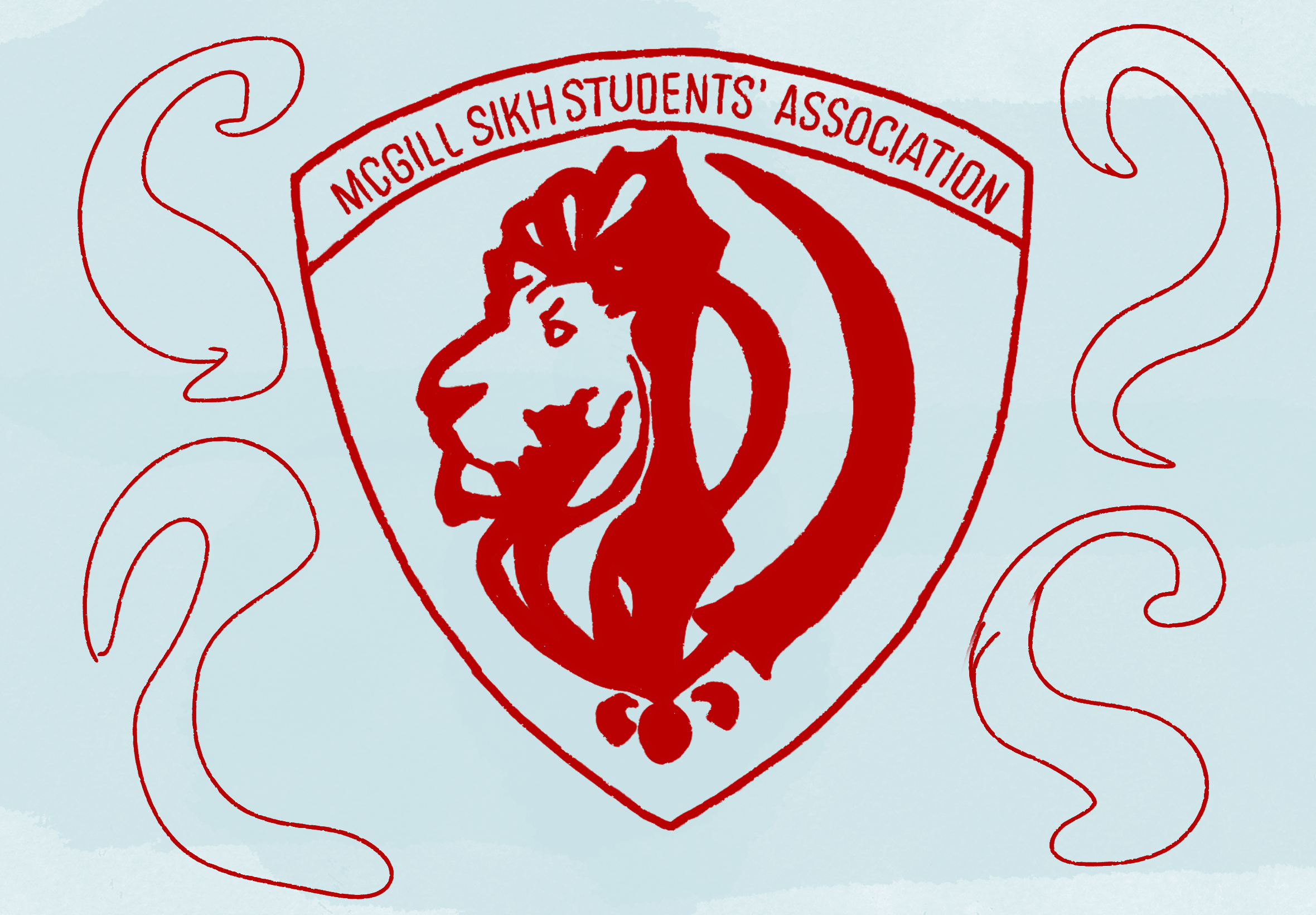Research: Research papers are, after all, founded on research, and research implies sources. A good rule of thumb is one book for every two pages and two journal articles for every three. So for a 10-page paper, you would want at least five books and seven articles, plus as many primary sources as you can get your hands on.
Primary Sources: A primary source is a direct piece of evidence about an event, rather than a work by a third party about that event. Common primary sources are statistics, personal journals, news articles, treaties, government documents, etc… Whenever possible you should use primary sources – they look good to professors and they provide the best kind of evidence for your thesis. The library has numerous primary-source collections, including the government documents section and newspaper collections (accessible through the LEXUS-NEXUS database).
Thesis Statement: always have a clearly stated thesis! Because the whole point of an essay is to support a thesis, having a poorly-defined thesis — or no thesis at all — will get you into serious trouble. A thesis should be a single declarative sentence of what you intend to prove. It’s often a good idea to ask a friend to read your intro and underline what he/she thinks is your thesis. If he/she can’t find one, or underlines a different sentence than the one you had in mind, it might be time for a revision.
Body: It’s hard to really make suggestions about the body, since there’s no “best” way to go about proving your thesis. For a 5-10 page paper, you should probably have between three and five main points, each of which is at least a large paragraph in length. Deal with each point separately, proceeding in a logical manner from one to another. If you’re talking about the impact of money on American politics, it would make sense to discuss primaries before elections, for example. Always make sure your points relate back to your thesis; if a given paragraph does not contribute to proving your argument, cut it out. This applies in particular to historical background; it is all too easy to get carried away with descriptive stuff.
Lit Review: Human knowledge is acquired cumulatively, with each scholar building on the work of previous scholars and using their results as the foundation for the new insights he or she provides. For this reason, you should always do a quick search of influential books and articles relating to your topic. In many cases this will be part of your research process (see above) but in longer essays, you may want to review current thinking on your topic before proceeding with the essay. A good lit review should summarize the major perspectives on your topic, as well as the specific conclusions drawn by influential authors. It is usually a good idea to provide opinions that differ from your own, if only to refute them later.
Citations: The library has a number of reference and citation guides that explain how to properly credit the research used in your papers. Although it is usually not necessary to cite common historical knowledge (“Penicillin was discovered in 1928 by Alexander Fleming”), you should always cite direct quotations, theoretical concepts and statistical data. Additionally, any time you rely on a potentially controversial conclusion by another scholar, provide a citation of where you got that information. That way your readers can assess whether your argument rests on valid information.
Conclusion: Your conclusion should remind readers of everything you told them and summarize your arguments and then assess whether or not your thesis has been “proven”. It usually makes sense to write a few sentences for every paragraph devoted to a particular point in the body and then throw in one or two new points to tie everything together. As much as possible, try to use different words and phrases than you have used previously in your intro and body. This makes your points stronger and easier to read because you avoid repetition. Another suggestion is to understate your points and use the language of probability, rather then “proof”. Examples would be: “the hypothesis is strongly confirmed” “evidence clearly supports”; etc.







